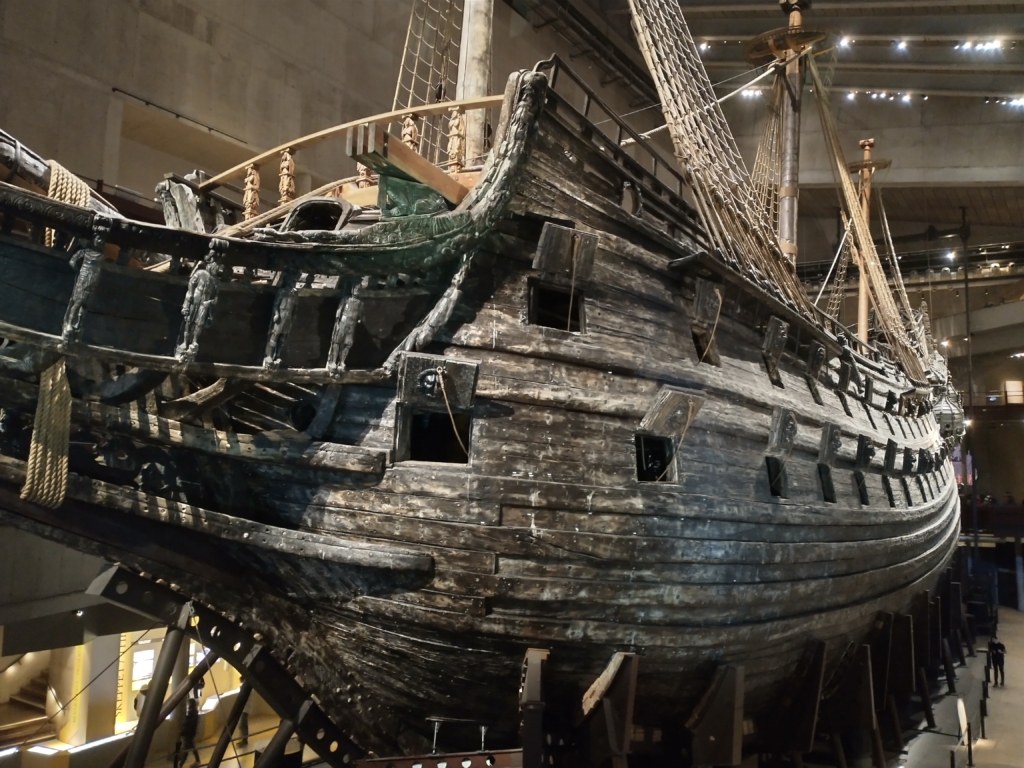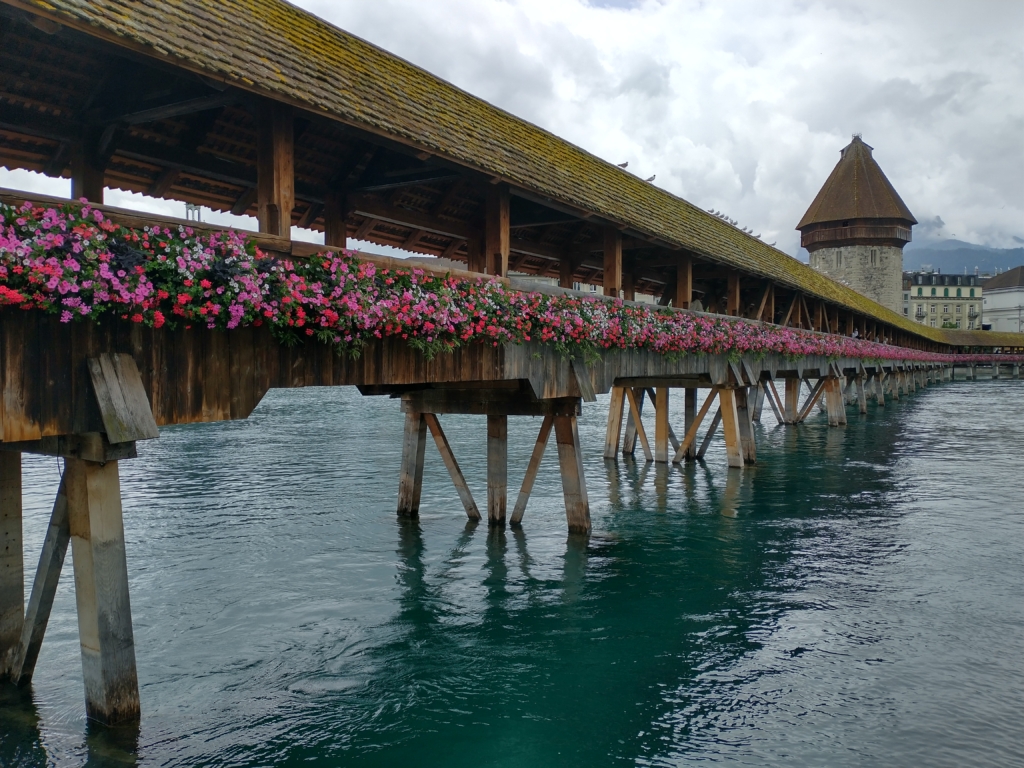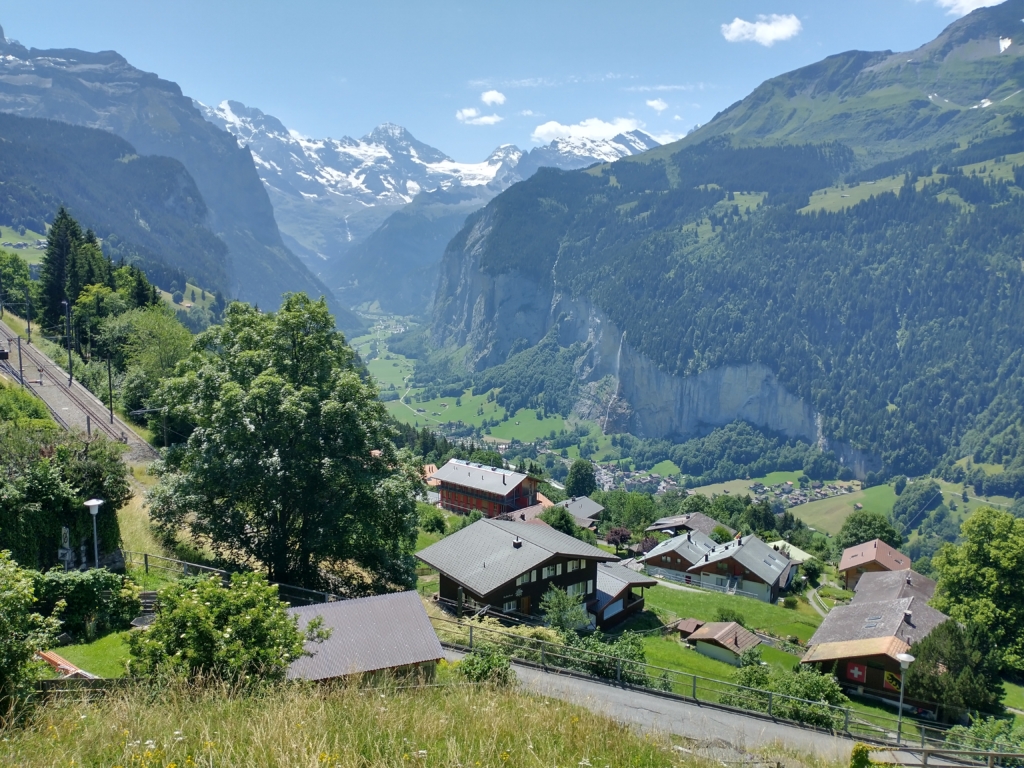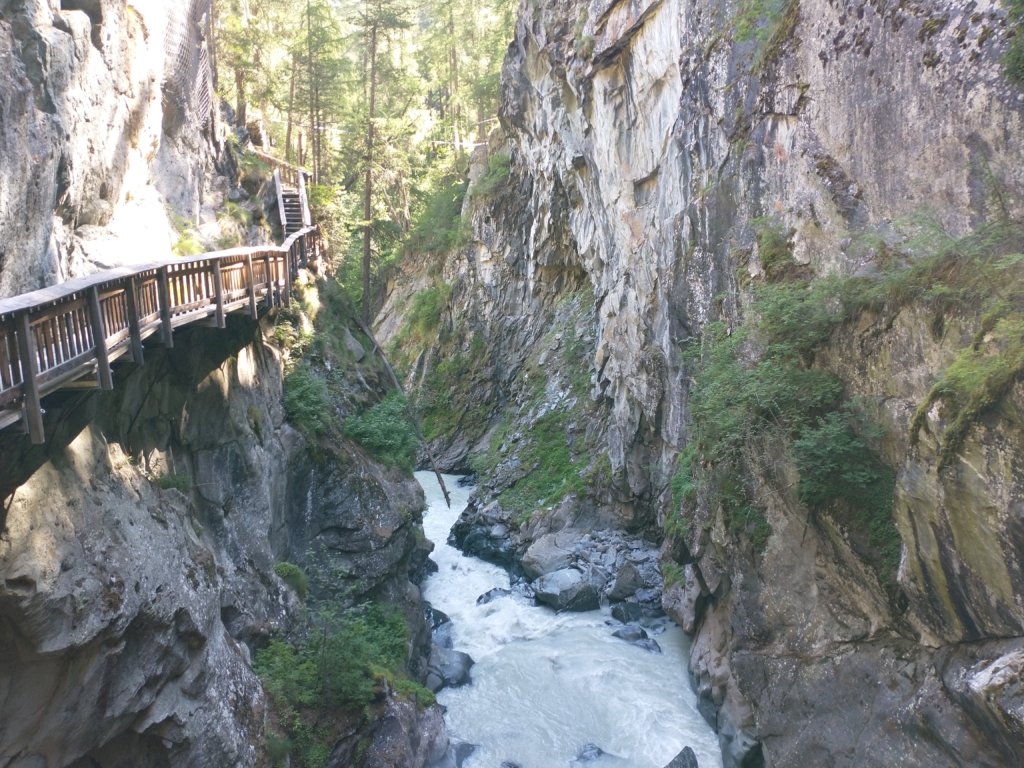Spain was more my wife’s trip than mine, as she is a big fan of Antoni Gaudí’s architectural designs in Barcelona. That was the main goal of the trip, though it made sense to expand it into a bigger vacation and include Madrid. Thus, we started the trip in Madrid and ended in Barcelona. Here’s the full breakdown:
Day 1: Madrid
We arrived in Madrid with enough time in the afternoon to see at least one thing, which was the Temple of Debod. This is an Egyptian temple that was donated and relocated to Spain to help preserve it. The wait to get inside can be quite long (about 90 minutes for us), so a quick look at the outside might be all you have time for:
Day 2: Art Museums
For our first full day in Madrid, we wanted to visit two separate art museums. The first, the Reina Sofía, was a bit of a letdown. The layout of the museum was confusing, and there just wasn’t much in there to get excited about.
The second museum, the Prado, was much better. Alas, they didn’t allow pictures in this one! Some notable exhibits were a room dedicated to Bosch, some early wax figures, and a copy of the Mona Lisa done by a direct student of da Vinci.
Day 3: Park and Palace
This was our favorite day in Madrid. We spent several hours walking through El Retiro Park, which is basically the Central Park of Madrid. There are many nice photo ops here, but my favorite was probably the Palacio de Cristal:
We had booked a tour of the Royal Palace for the afternoon. You might not find much enjoyment in seeing room after room of overindulgence, but it’s still interesting. Just make sure you also visit the armory. It is not part of the main tour and is easy to miss!
Day 4: Barcelona and Gaudí
In the morning, we took the 2-hour train from Madrid to Barcelona. In Barcelona, we bought the Modernista tourist card that grants you free public transportation and access to a handful of mostly Gaudí-related venues. Between the things we saw this day and the next day, and the number of times we took the subway or bus, we definitely got our money’s worth.
We were only able to fit in two of the venues on this day, though: Casa Batlló and La Pedrera-Casa Milà. These were homes designed by Gaudí. For me, Casa Batlló was a bit too silly-looking. Casa Milà was better. Here’s a look at the front of the building and the rooftop:
Day 5: All Things Gaudí
Every vacation needs a cram day, and this was definitely ours. We had to justify buying the Modernista card, after all! The day started with the Palau de la Música Catalana concert hall:
We also visited Güell Palace (another Gaudí home), the Recinte Modernista de Sant Pau (old hospital grounds), and Casa Vicens (Gaudí’s first big project in the city):
The main event, though, was the La Sagrada Familia cathedral. This was not part of the Modernista card and requires a reservation, but it was definitely the highlight of the entire trip. Yes, this place has been under construction for over 100 years, but most of the remaining work to be done is on the outside. The interior is 99% complete and packs a lot of wow factor:
Day 6: Figueres Day Trip
For our last day in Spain, we made a day trip to a smaller city called Figueres. Figueres is about an hour’s train ride from Barcelona, and the main attraction there (or rather, the only attraction) is the Dalí Theater and Museum. This theater-turned-museum was designed by Dalí as his final legacy and resting place, so it’s a very interesting (and at times weird) experience:
Because Figueres doesn’t have much else going on, we returned to Barcelona early enough to visit the Picasso Museum. Frankly, we did not care for this museum. It is more about Picasso’s early works and his friend, Joan Miro. We wished we’d skipped it and squeezed in one more Modernista freebie instead.



























